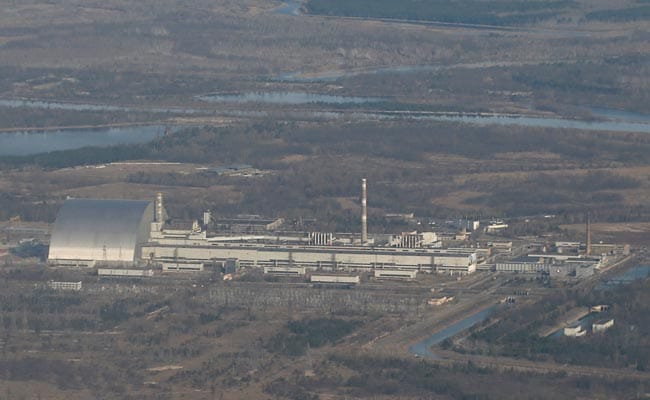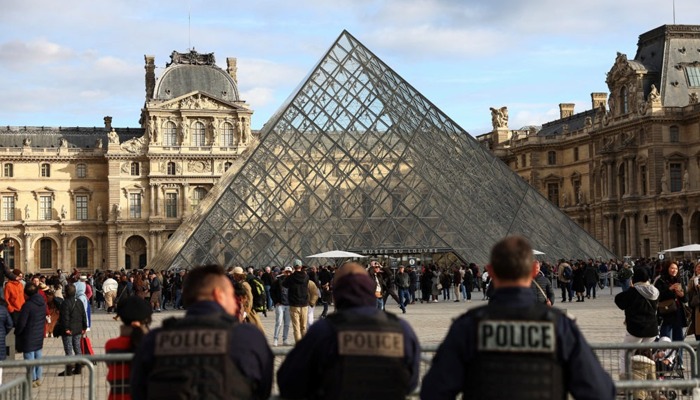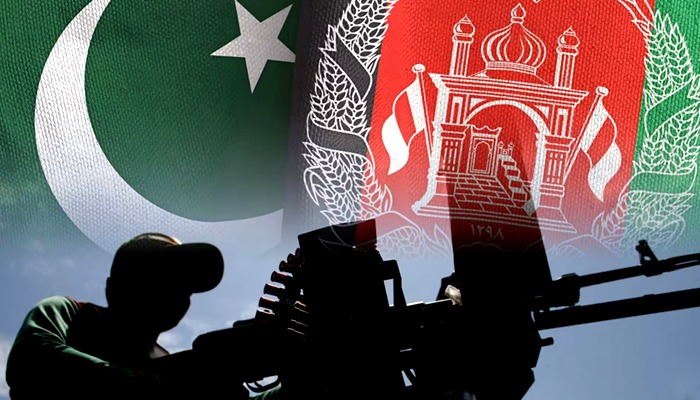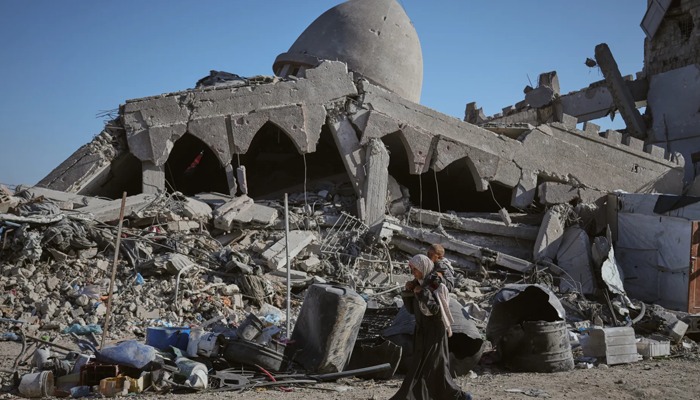UKRAINIAN authorities have lost all communication with the former Chernobyl nuclear power plant, raising fears that only hours remain to restore power to the site.
Following the Russian takeover of the site on Wednesday, the facility lost power, and backup diesel generators only have enough fuel to power the site for two days.
It comes as Ukraine’s Defense Intelligence Agency claims Putin is planning a “terrorist attack” on Chernobyl.
“The Russian-controlled Chernobyl nuclear power plant plans to create a man-made catastrophe, for which the occupiers will try to shift responsibility to Ukraine,” it said in a statement.
During fighting between Ukraine and Russia, power lines to the site of the 1986 nuclear disaster were damaged, forcing the plant to rely on backup generators to prevent disaster.
The International Atomic Energy Agency (IAEA), the UN’s nuclear watchdog, reports that Ukraine has informed it that it has lost all communications with facilities at Chernobyl in the country’s north.
In the early days of the war, Russian forces seized the site.
“Ukraine informed the International Atomic Energy Agency that it had lost all communications with the Chornobyl Nuclear Power Plant (NPP) today, the day after the Russian-controlled site lost all external power supplies,” said the IAEA in a statement.
Previously, contact had been made via email, it added.
The International Atomic Energy Agency’s Director-General, Rafael Mariano Grossi, stated that the Agency is aware of reports that power has been restored to the site and is working to confirm them.
According to Ukraine’s state nuclear agency Energoatom, Ukraine’s power plants are operating normally, but staff in Zaporizhzhia are subjected to “psychological pressure” from Russian troops.
It went on to say that radiation levels had not changed at any of the plants.
“Employees of the station are under strong psychological pressure from the occupiers, and all staff on arrival at the station are carefully checked by armed terrorists,” the statement said, referring to Russian forces in Zaporizhzhia, Europe’s largest nuclear power plant.
“All of this has a negative impact on work and jeopardises nuclear and radiation safety.”
The plant employs 210 technical personnel and security guards, many of whom have been working nonstop since the invasion, raising concerns that exhaustion could lead to dangerous errors.
Energoatom, Ukraine’s state-owned nuclear company, said a high-voltage power line was damaged in recent fighting between Ukrainian and Russian forces, causing the plant to be disconnected from the national power grid.
It warned that if there was no power to cool the spent nuclear fuel stored at the plant, “radioactive substances” could be released.
Dmytro Kuleba, Ukraine’s Foreign Minister, previously stated that the backup diesel generators at the site only had enough power to keep the plant running for 48 hours.
“After that, the cooling systems of the spent nuclear fuel storage facility will stop, making radiation leaks imminent,” he wrote on Twitter.
“I urge the international community to press Russia to stop firing and allow repair units to restore power supply.”
Ukrainian authorities had previously been closely monitoring the plant and providing updates to the IAEA.
However, because of the breakdown in communication, experts are no longer able to provide accurate information about the plant.
The International Atomic Energy Agency (IAEA) issued a warning on Tuesday that systems monitoring nuclear material at Chernobyl’s radioactive waste facilities had stopped transmitting data.
According to a nuclear expert, there are concerns about how quickly power can be restored to the plant.
“Power cuts to nuclear facilities are potentially very dangerous,” the expert, who declined to be identified, told Reuters.
“The power cut could lead to water in the storage facility evaporating and exposure of spent fuel rods.
“They could eventually melt and that could lead to significant radiation releases.”
Chernobyl, which is still radioactive, is approximately 100 kilometres (62 miles) from Kyiv.
During a botched safety test in April 1986, its fourth reactor exploded, releasing dangerous radiation that spread across much of Europe.
A massive 30km exclusion zone has existed around the plant since heroic efforts by a Soviet rescue team to prevent a total nuclear meltdown, with crews working around the clock to try and safely secure the site.
The last reactor was shut down in 2000, but the plant is still highly contaminated and houses a massive amount of nuclear waste.
Some of the waste from Chernobyl has been transferred to dry casks, but many of the fuel rods are kept in a pool that requires power to keep cool.



















